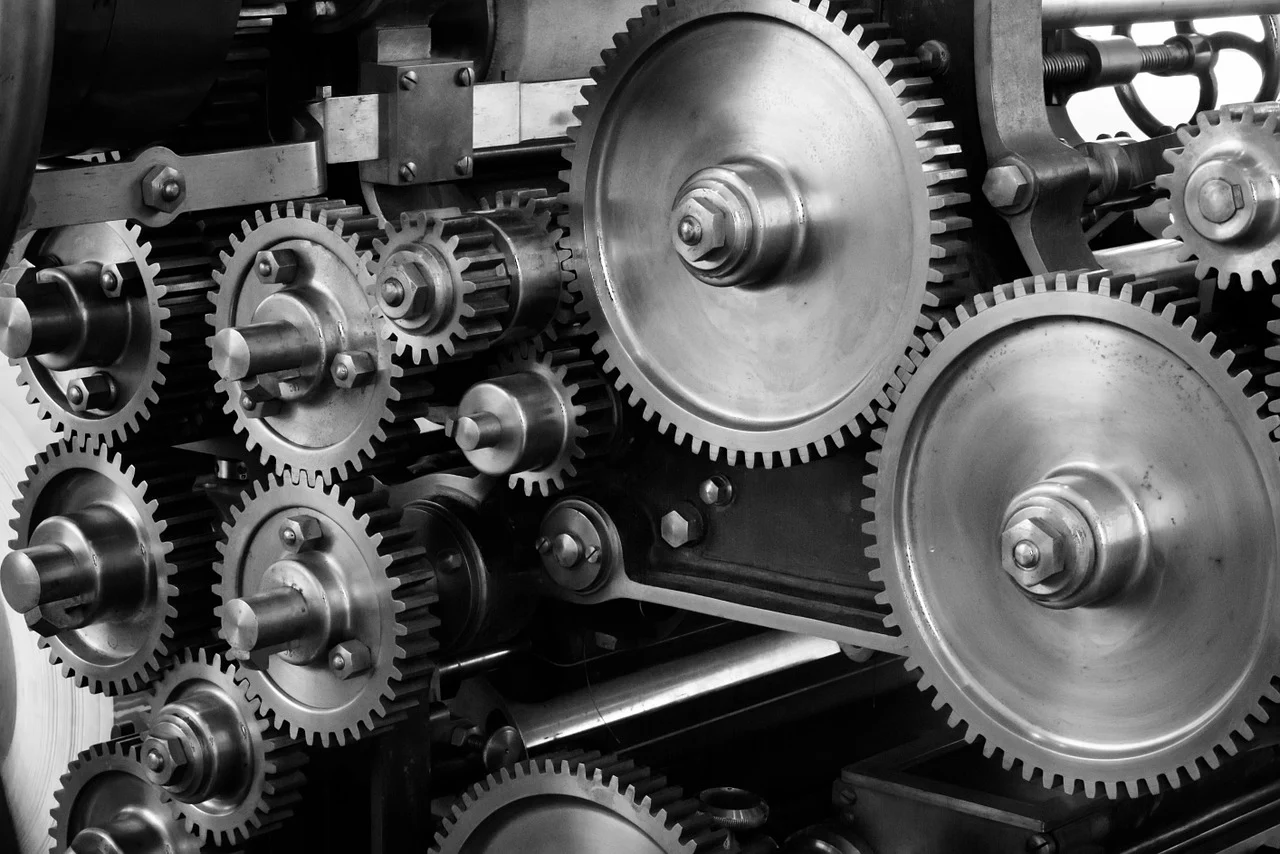Comments (2)
Mark Bloom
Absolutely ... we want another article like this!
Darren Hamill
Well explained

There have been massive changes in the way components manufacturing is perceived in recent years, and in a highly competitive market where staying ahead of the competition is key, reverse engineering has become a popular practice.
While the purposes of reverse engineering may differ depending on manufacturers, the application of reverse engineering has gained considerable momentum – but why?
Why can the process of disassembling and studying products and their components be so beneficial to the items themselves and their manufacturers?
This article is a guide to the important role of reverse engineering.
It is easy for us to look at something and think that we know it all, how it works and what it does, but reverse engineering gives us whole new insights. The experts at https://nextgenmetrology.com/reverse-engineering explain that by looking at detailed parts, structures, or processes in a new way, we gain a new perspective on how the product works and whether there is anything that we can learn from it or that we can improve upon. A good understanding of how to utilize the current product is important, but a discovery of where it can be improved can lead to many advantages.
Upgrading from an existing product requires proper understanding of the original version, and it does not matter how great the product you are using is, the room for improvement and growth is always there. Components giving out due to wear and tear, equipment not working as it should after being used for a while, and dated technology that is not up to scratch with modern requirements; all of these things are areas which may need improving.
With reverse engineering, you have the ability to streamline a product’s design into a more contemporary configuration for newer performance standards. Stripping down a product will provide you with the information to work out outdated kinks in an older system to make it more efficient and last longer.
The use of reverse engineering is also ideal for finding defects in products and extending the product’s functional life cycle period, this is all in favor of the safety and well-being of the product’s consumers. Faults and errors can be detrimental once arising in the distributing phase, so it is always better if they are quickly detected during the researching phase.
From finding out the issues that your products have, to pulling back the curtain using reverse engineering to take a closer look at where the vulnerabilities are, they are all parts of a logical process that result in much-needed and critical improvements, in the pursuit of perfection.
Reverse engineering can be implemented as a development strategy for manufacturers who study the products manufactured by their competitors, and by speeding up the time it takes to launch the products to the market, organizations can preserve money and resources to put into use in the future. Analysis of what a product consists of will also be the grounds to recreate that item at a lower cost, offer alternatives that can minimize assembly or substitute a part that will pay dividends in the long run in terms of time or shipping.
It is essential to have accurate design data to ensure production efficiency in computer aided manufacturing and for future reference, especially in the case of legacy projects, where older technologies might become outdated very quickly and need to be updated regularly. In these situations, imagine how difficult it would be to work on updating the technology without the documented design data.
Most reverse engineering procedures include creating a CAD file that can be examined digitally if future issues arise, making it easy for updating legacy products with new components, power sources, and other technologies, and in this way, it has massively enhanced engineering productivity and product expression.
One of the most important influences of reverse engineering in product development is that it provides the opportunity for innovative design, in which engineers do not have to start from scratch, but instead can improve and innovate an existing design or draw on previous knowledge. As a result, creating new products with better functions and better performance has never been easier. This approach has been proven to be incredibly useful in implementing new ideas and promoting innovation in big organizations.
Innovation in such a fast-paced environment requires critical thinking, and a lot of the time, inverse is the way to go for creative and productive minds out there to produce necessary changes across every industry. There are so many great benefits of reverse engineering which are vital for the continuing advancement of technology.
Absolutely ... we want another article like this!
Well explained
Leave your comments
Post comment as a guest